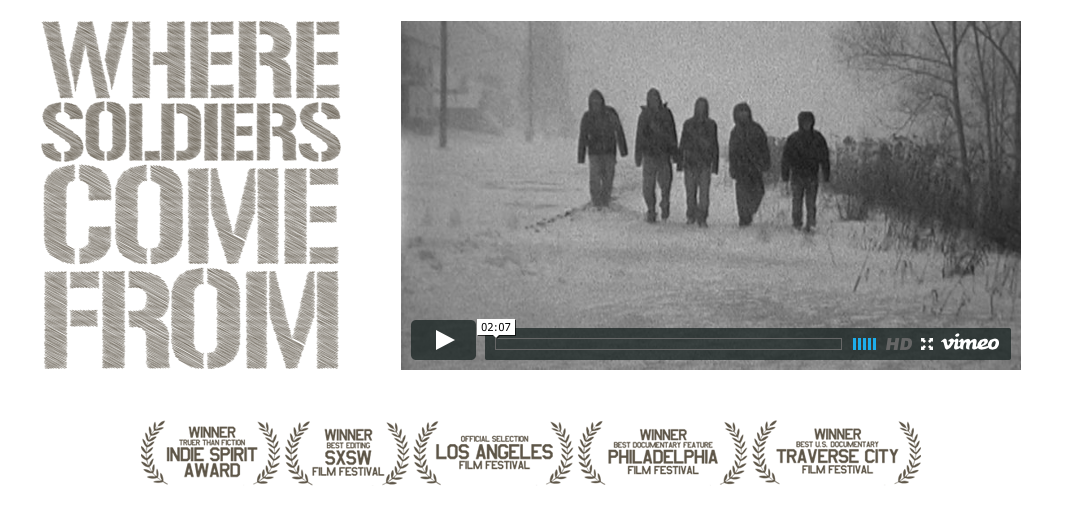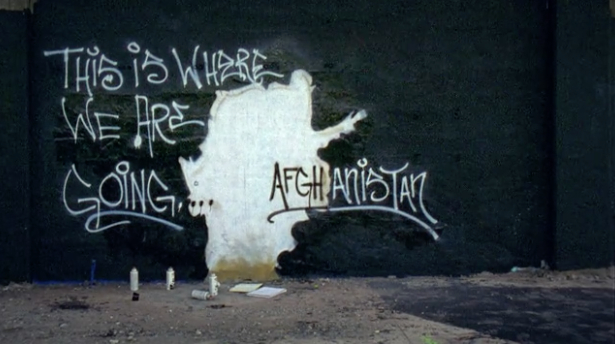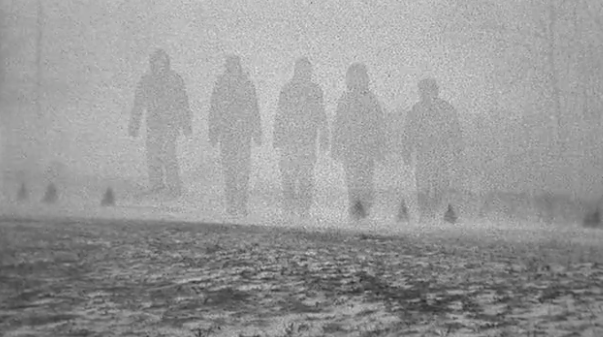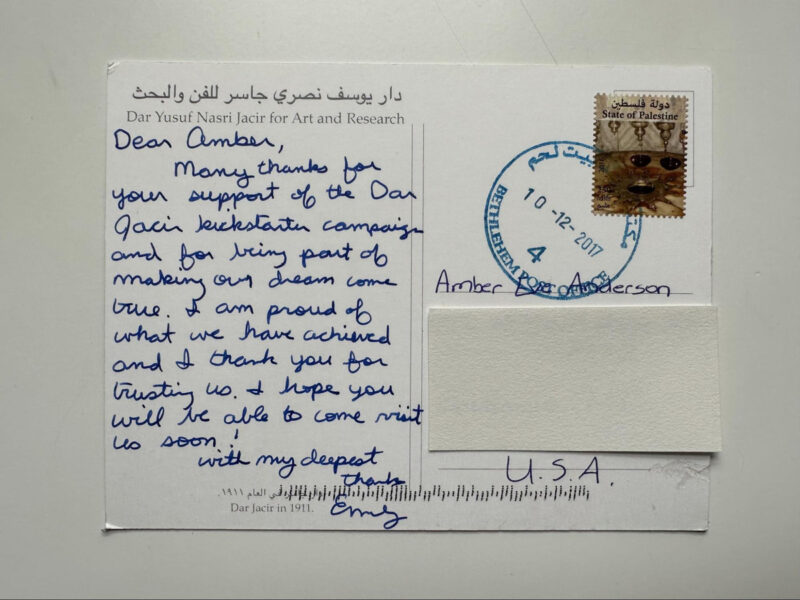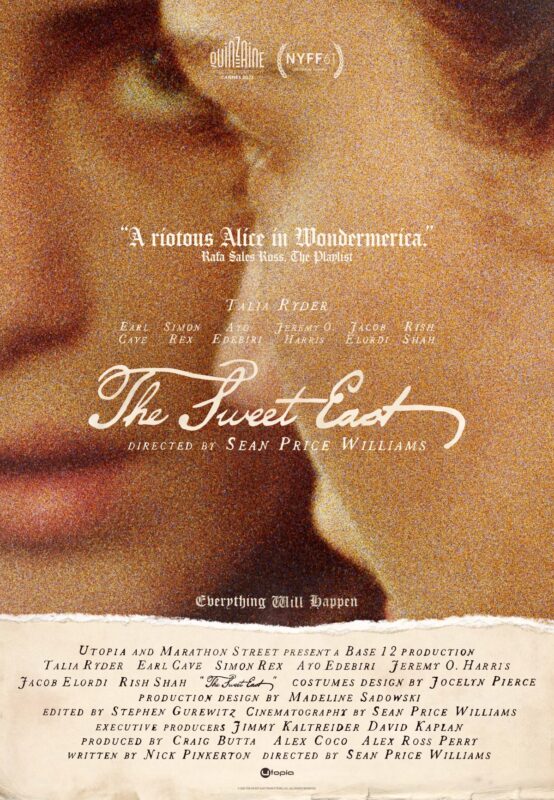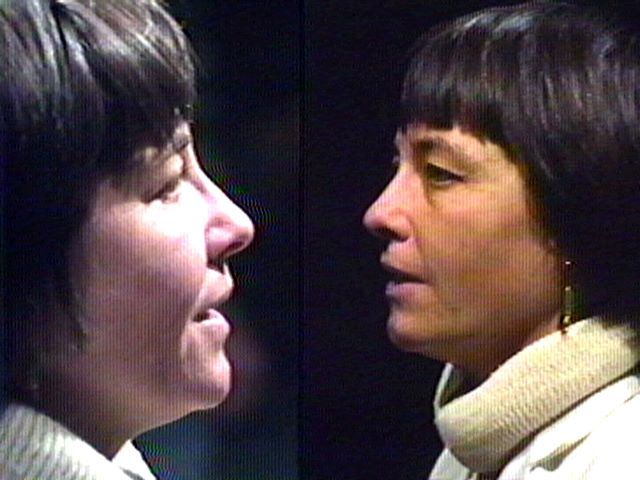Dylan Hans on Director Heather Courtney’s documentary war film screened at MICA
There were only four people in the theater for the screening of Where Soldiers Come From, but I am certain they were absorbed.
Imagine: You have just spent over two years in Iraq. You have more concussions than the most battered of football players. You have trouble speaking, listening, and thinking. And you are only 23 years old.
Where Soldiers Come From (2011) is a documentary about a group of young men and their journey before, during, and after the Iraq war. An MFA graduate student in MICA’s Curatorial Practice, Emily Kohlenstein curated the screening as part of her thesis and in concert with Healing Journeys: How Art Serves our Military.
The film centers around three friends, young men from Northern Michigan who elected to serve and join the National Guard. Director Heather Courtney was able to gain full access to these boys and their families to expose the fear and anxiety that they experience.
Where Soldiers Come From focuses primarily on the three soldiers, yet spends a quality amount of time on their parents, hoping to address the fact that these 23-year-old war veterans are recent high school graduates. It is important to address the agonizing emotions of mothers and fathers, especially when it is their sons going off to war. Still, the director did not need to focus as much on the parents as she did.
In the film, three young men facing highly dangerous situations searching for Improvised Explosive Devices (IEDs), and how severely traumatized they are after serving in Iraq from 2009 – 2011. When their deployment is over, they struggle to build on past relationships from before their time in Iraq, and find great difficulty readjusting into society. They suffer from migraines, rage, depression, confusion, and find themselves at a loss, with no proven or positive reason why they chose to serve in the first place. They are not proud of what they accomplished; instead they are distraught.
In many war films, real or fiction, the threat of post-traumatic stress is dangerous and more common than not. Recently, in the Academy Award nominated film American Sniper, war hero Chris Kyle suffers from a severe case of PTSD and unfortunately pays the ultimate penalty because of it. Where Soldiers Come From realistically presents the consequence of PTSD as an inevitable threat to all soldiers.
Sniper actively took a stance against the Iraq war, accusing the government of its own futility throughout. In contrast, Where Soldiers Come From addresses some of the political drama associated with warfare, with scenes focused on the Barrack Obama v. John McCain election. The families of the soldiers are terrified of the thought of deploying to Iraq, praying that the Democratic Party wins the election. Of course we know the result; they are shipped out nonetheless.
This film implicates both the military and elected government, as the young veterans demonstrate feelings of worthlessness and under-appreciation from their nation. They are proud of their “accomplishment” – surviving the war. Still, they devalue the experience after the fact, doubting their services’ importance when they return to Michigan. One of the main characters acknowledges that the military will pay for his college education, however suffers from panic attacks and rage and refuses to attend or even apply to a university due to fear.
From a cinematic standpoint, the film is strong due to subtle use of sound and concise editing. The visual images of gunfire and mine explosions are petrifying from the audience, as was witnessing a more personal depiction of the war. Director Heather Courtney succeeds in providing insight into the mental states of the three young men throughout their journey. However, the narrative thread and pacing of the film is an issue. The film starts off very slowly, including a substantial amount of background on the soldiers’ families and the opinions of the parents, while showing us how the soldiers view the war might have been more direct. However, Courtney successfully shares the very intimate and private homes of these families whose lives are forever transformed because of the Iraq war.
After viewing it on the big screen, my perceptions of the war are mixed. I stand against warfare and ultimately hope that the new governments in countries like Iraq can build upon the core values that the United States advocates to prevent future wars. However, government intervention can be a necessary evil. Where Soldiers Come From did not change my opinions of war, but rather confirmed what I already thought I knew. This documentary serves as a credible witness to the costs and risks involved with the military actions our country pursues across the globe – and personifies the after effects of war on the individuals who serve our country.
This program was a part of the Healing Journeys: How Art Serves Our Military thesis project curated by Emily Kohlenstein, MFA in Curatorial Practice candidate at the Maryland Institute College of Art. To learn more about the project visit healingjourneysart.weebly.com or email e[email protected].
Author Dylan Hans is a New York based writer whose main interests are politics, theater, and film. Dylan is currently the lead writer of his own sports blog, brandnewbasketblog.com.
All Images are still frames from the film.


